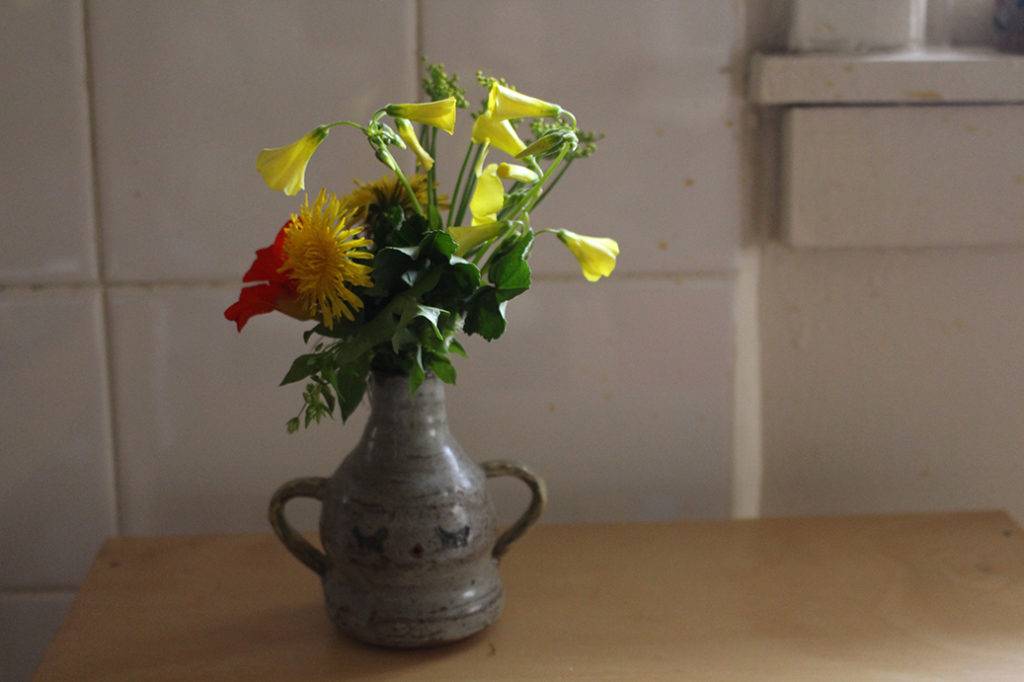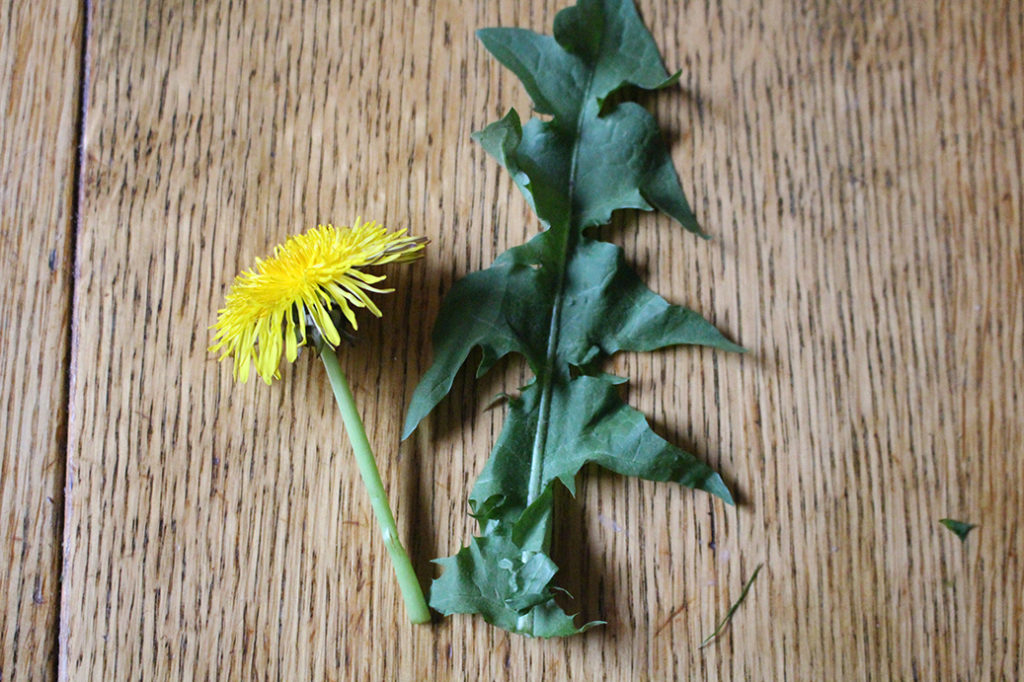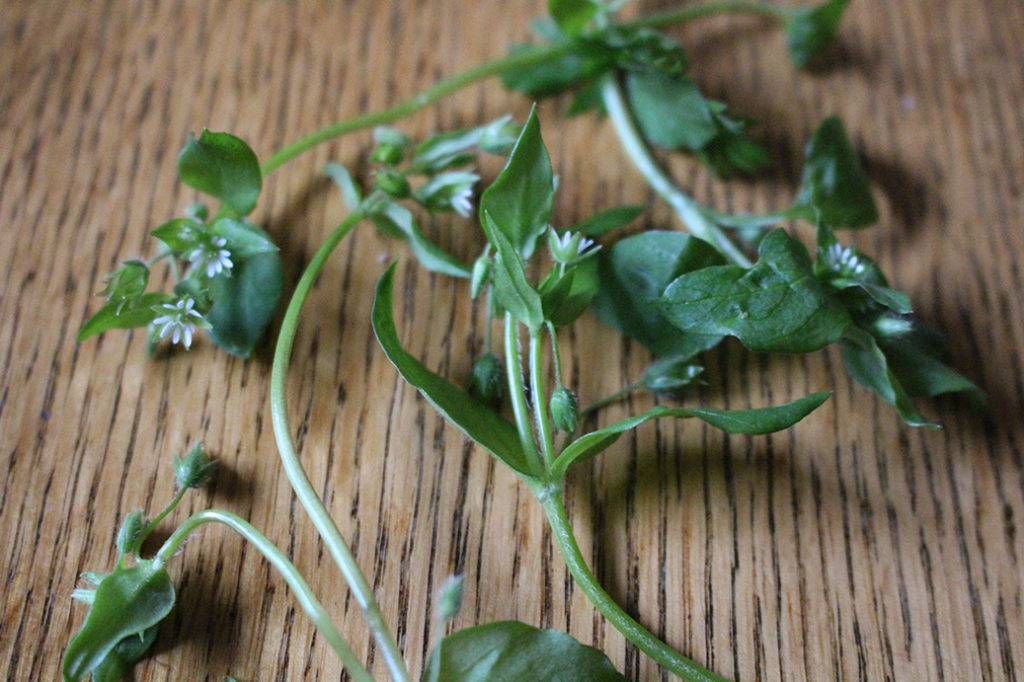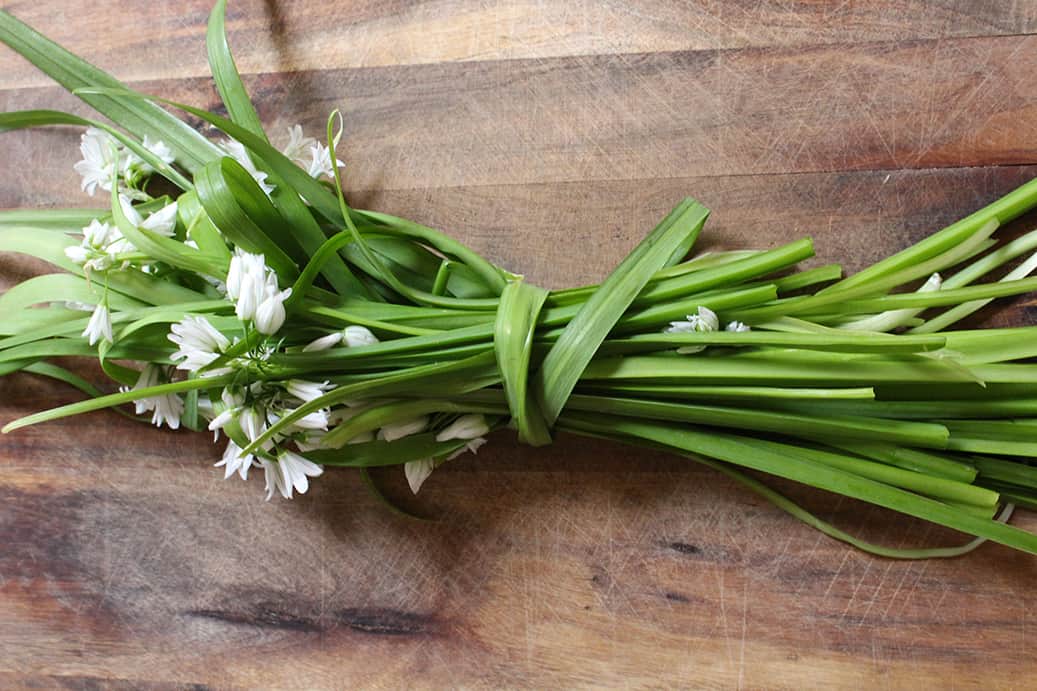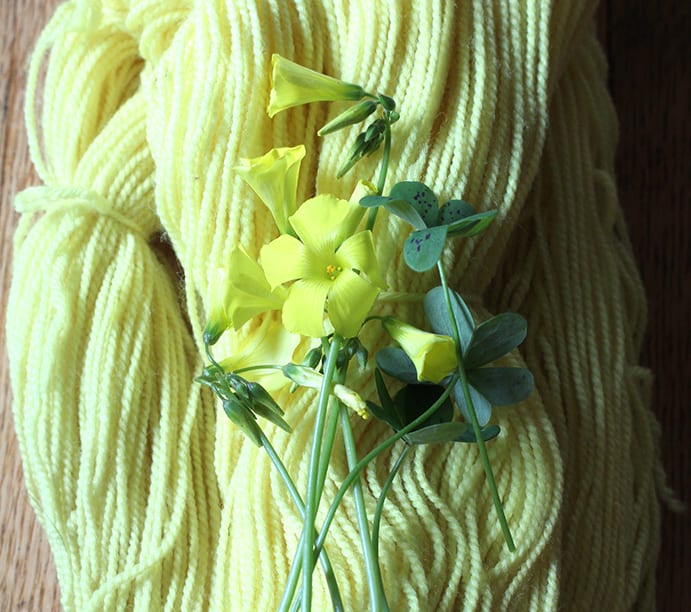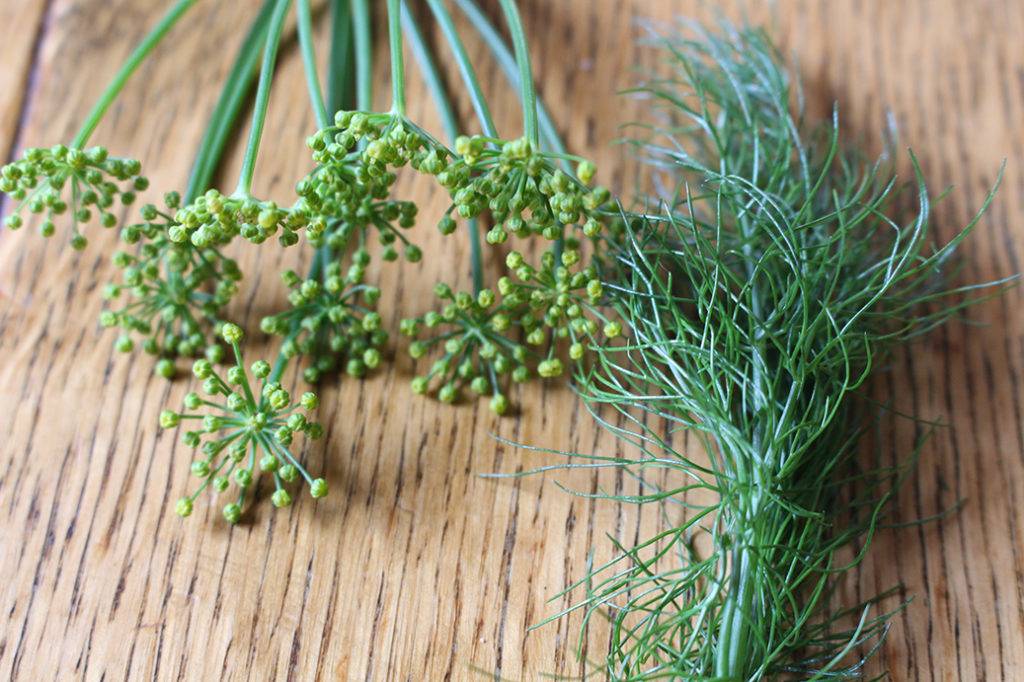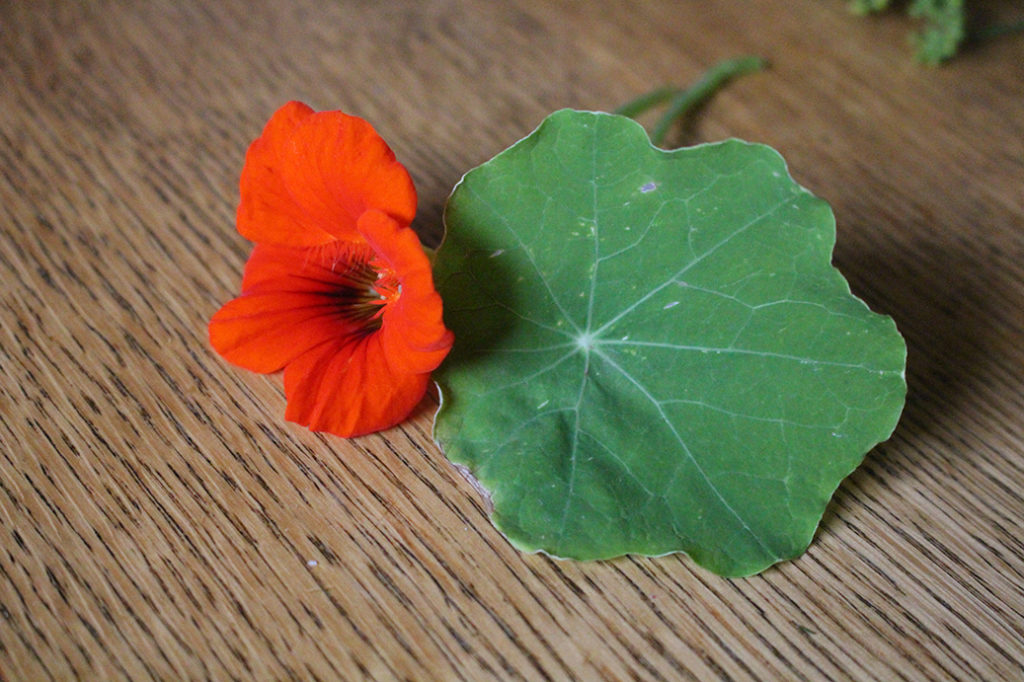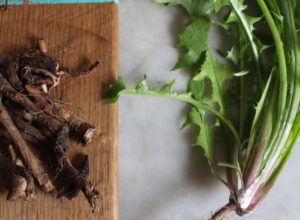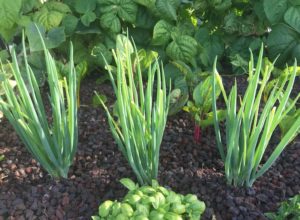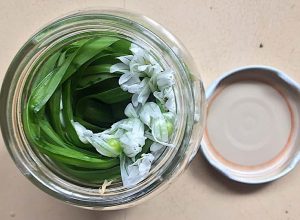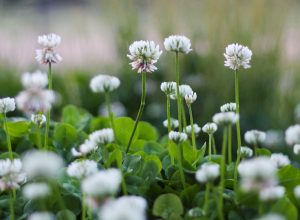Here’s our top list of flowering spring weed foraging goodness!
Spring is here, and it’s a time of year when many edible weeds are at their blooming best. Many weeds put out flowers at this time of year (most of which are edible too), but this can also help you if you’re new to weed identification. Here’s our top list of flowering spring weed foraging goodness!
Dandelion (Taraxacum officinale)
What to look for
Spring weed foraging starts here! Look for sharp green leaves with “lions tooth” shaped edges, bright yellow flowers with a hollow white stem and a russet tinged end. Often confused with catsear, the main differences being catsear has textured leaves with more rounded ends and edges and a thin green, fibrous (not hollow) stem. Catsear is edible (though not as delectable as dandelion) so this won’t be a major issue for you if you mix them up.
What to do with it
King of the weeds, every part of the dandelion plant is edible. Young leaves are great in salads or ferments, and the root can be turned into delicious roasted dandelion “coffee”. The golden flowers sent up in spring, however, are a special treat when collected en masse and turned into tempura, or sprinkled raw over your favourite dishes.
Chickweed (Stellaria media)
What to look for
Small trailing plant with little leaves and even littler white “star” shaped flowers (from where it’s Latin name derives). Ensure there is a single line of fine hairs along stems, and that no white sap appears when stems are broken, as chickweed is often confused with Euphorbia peplus (milkweed), which is poisonous.
What to do with it
Chickweed is known by many weed lovers for it’s genuinely delicous nutty taste and palatable texture. In spring it sends out little bunches of white “star” shaped flowers, from whence it gets it’s latin name. Chickweed is best eaten fresh as a salad green, but can be cooked in dishes where other greens would be.
Onion weed (Allium triquetrum)
What to look for
As it’s Latin name alludes to, the leaves of this allium have three corners. When picked it send off a pungent onion smell, and in springtime sends up stems of single white flowers.
What to do with it
The gorgeous nodding white flowers of this “three cornered” leek look gorgeous in the springtime. Flowers, stems and bulbs are edible, and can add a mild onion flavour to a variety of dishes both raw and cooked. Watch out, as they can be a little stringy when cooked. Another perfect use for them is our very own “whole fermented onion weed” recipe.
Oxalis (Oxalis pes-caprae)
What to look for
Bright yellow flowers on robust green stems under a carpet of three heart-shaped clover like leaves.
What to do with it
Children seem enamoured with this weed, often known as “soursob”. However, eating great quantities of it is not advisable as it contains high levels of oxalic acid, which can be toxic if you overdo it. This coupled with the fact it grows rapaciously in southern Australia means it’s best to go easy on it in terms of ingestion. Our absolute favourite thing to do with it is use the bright yellow flowers to make an incredible vivid natural dye – see Pip Issue 7 for the full details!
Wild fennel (Foeniculum vulgare)
What to look for
Tall branching stems and of feathery green foliage, green umbelliferous flowers with bright yellow pollen tips. Fennel gives off it’s charactestic aniseed scent when the foliage is rubbed.
What to do with it
While it won’t bulb like the more popular garden variety “Florence” fennel, young wild fennel fronds are a fabulously flavourful herb, and the flowers and pollen are a delicious, sweet aniseedy treat. Flowers fabulous when candied – see the kids section of Pip Issue 14 for the recipe. If you’re really keen, you can peel away the fibrous outer layers and find the tender stem centres good for eating.
Nasturtium (Tropaeolum majus)
What to look for
Lilypad like round leaves, showy bright flowers (usually orange or red) with a “bent nose” back. Commonly grown in cottage gardens, but when it goes “weedy” (aka gangbusters) it often has a trailing habit.
What to do with it
Leaves flowers and flower seed heads have a peppery flavour, appreciated in salads and sandwiches. Flower buds and seed heads are yummy when pickled as “poor man’s” capers.
Want to become a weed foraging expert? Every single issue of Pip features a profile of a wonderful weed, subscribe now to get the goods.


